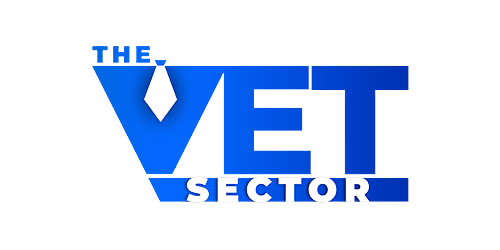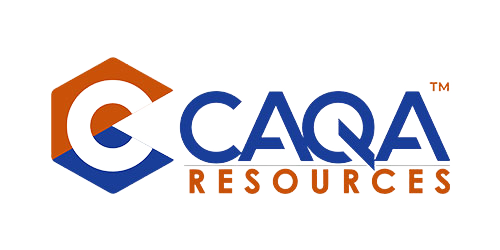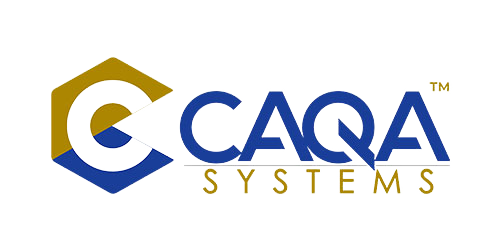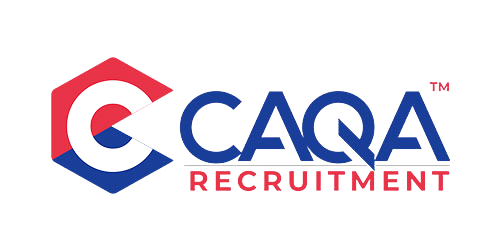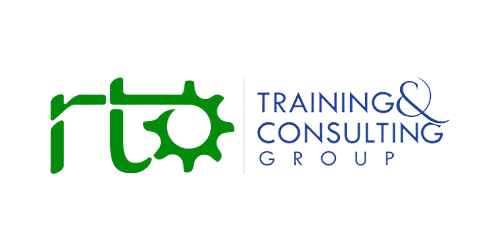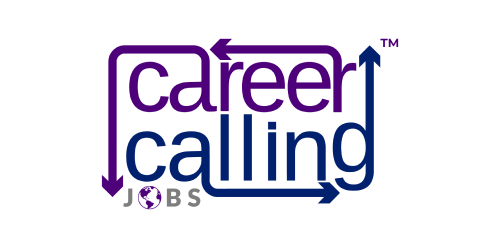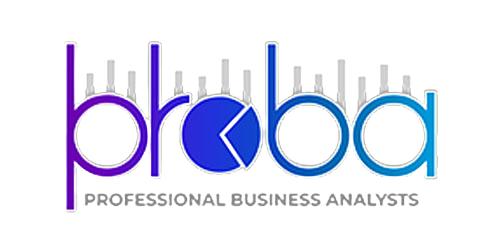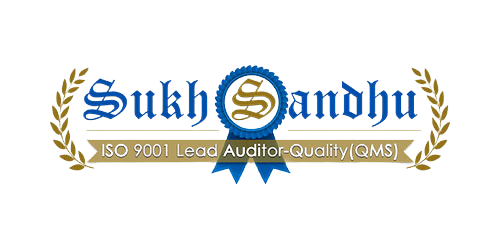In the complex ecosystem of modern organisations, there exists a rare breed of executive who possesses what might be the most valuable trait in business today: the ability to move mountains without making enemies. These exceptional leaders navigate bureaucracy, overcome resistance, and solve seemingly intractable problems while maintaining—and often strengthening—relationships throughout the organisation. They're the ones who get things done without leaving a trail of resentment in their wake. This distinct capability transcends conventional metrics like intelligence, experience, or technical expertise. While those attributes certainly matter, they pale in comparison to the transformative impact of an executive who can drive aggressive change while bringing people along for the journey. As leadership challenges grow increasingly complex in our interconnected business environment, this skill has moved from a nice-to-have to an essential attribute for truly effective leadership.
The Leadership Spectrum: Understanding the Common Types
Before we dive into what makes these exceptional executives tick, it's worth examining the more common leadership profiles that populate most organisations. Understanding these archetypes helps clarify why the mountain movers are so valuable by contrast.
Type 1: The Conflict-Averse Accommodator
The first common type is what we might call the Conflict-Averse Accommodator. This executive is often intelligent, experienced, and technically proficient. They understand the business, know the right moves to make, and can articulate thoughtful strategies. But they have a fatal flaw: they wilt at the first sign of resistance. When faced with organisational friction—a resistant department, an uncooperative peer, or an entrenched process—they quickly retreat and escalate the problem upward. Their default response becomes: "HR says we can't do it this way," or "Legal won't approve this approach," or "The engineering team says it's impossible on our timeline."
These executives effectively outsource the difficult parts of leadership—navigating conflict and overcoming obstacles—to their superiors. While they may excel at executing in frictionless environments, they create more work for everyone else when faced with the messy reality of organisational life. This behaviour stems from several possible sources: an aversion to interpersonal conflict, a lack of confidence in their ability to persuade or influence, a fear of being disliked or creating waves, uncertainty about their political capital in the organisation, and excessive deference to territorial boundaries or hierarchies. Whatever the cause, the result is an executive who can't independently drive difficult change. They become bottlenecks rather than catalysts, requiring constant supervision and support when facing the inevitable resistance that accompanies meaningful organisational initiatives.
Type 2: The Bulldozer
At the opposite end of the spectrum sits The Bulldozer. This executive certainly doesn't lack assertiveness or drive. When given an objective, they pursue it with single-minded determination, pushing aside any obstacle—human or procedural—that stands in their way. The Bulldozer's approach is characterised by brute force rather than finesse. They issue demands rather than building consensus. They threaten rather than persuade. They exercise formal authority rather than developing influence. While they may occasionally achieve short-term results through sheer force of will, they leave organisational carnage in their wake.
Their signature phrases include ultimatums ("This needs to be done by Friday, or there will be consequences"), dismissive statements ("I don't care how it gets done, just do it"), and aggressive posturing ("Tell them this comes directly from me, and it's non-negotiable"). The problems with this approach are manifold: it creates resentment and damages relationships; it undermines long-term cooperation and goodwill; it often triggers passive resistance or malicious compliance; it elevates stress and diminishes psychological safety; and it damages the executive's reputation and erodes their influence. Bulldozers create as many problems as they solve. Their bosses frequently find themselves conducting damage control, rebuilding burned bridges, and addressing the morale issues that inevitably follow in their wake. The executive may get results, but at an unsustainable organisational cost.
The Mountain Mover: A Different Approach to Execution
Between these two common but flawed approaches exists the rare and valuable Mountain Mover. This executive combines the resolute determination of the Bulldozer with the interpersonal awareness completely absent in that approach. They possess the technical competence of the Accommodator but pair it with the courage and skill to navigate conflict productively. The Mountain Mover gets things done—often achieving what others consider impossible—while maintaining or even strengthening relationships throughout the process. They don't just execute; they build organisational capacity and goodwill as they work.
Characteristics of the Mountain Mover
What sets these exceptional executives apart? Several key characteristics distinguish their approach. Mountain Movers never lose sight of the "why" behind their objectives, and they make this purpose central to every conversation. Rather than leading with demands or requirements, they begin by establishing shared understanding about why the initiative matters to the organisation, how it connects to broader strategic goals, what's at stake if the objective isn't met, and who will benefit from successful execution. They recognise that human beings are purpose-driven creatures who perform better when they understand the significance of their work. By grounding discussions in meaningful context, they transform what might otherwise be perceived as arbitrary demands into purposeful missions.
When approaching a resistant HR department about a complicated hiring request, for instance, the Mountain Mover might say: "I know this request doesn't fit our usual process, but we have a critical client implementation that's at risk without this specialised talent. Their success directly impacts our ability to expand in the healthcare vertical, which is our top growth priority this year."
Unlike the Bulldozer, who dismisses concerns as excuses, or the Accommodator, who retreats at the first sign of difficulty, the Mountain Mover directly acknowledges the legitimate challenges their requests create for others. They demonstrate empathy by recognising the workload implications of their requests, understanding procedural or policy constraints, appreciating competing priorities, and acknowledging the expertise and perspective of other stakeholders. This validation isn't merely performative—it reflects genuine respect for colleagues and their challenges. The Mountain Mover might say: "I understand this request creates real complications with our current procurement process, and I know your team is already handling the system migration. Those are legitimate concerns, and I don't want to minimise them."
Perhaps the most distinctive feature of the Mountain Mover is its orientation toward collective achievement rather than personal wins. They frame challenges in terms of shared organisational goals rather than departmental competitions or individual accomplishments. This approach manifests in several ways: they use the language of "we" and "us" rather than "I" and "you"; they look for solutions that address multiple stakeholders' needs; they distribute credit widely and take personal responsibility for setbacks; and they celebrate collective wins in visible, meaningful ways. When successful, they ensure everyone involved receives recognition. That steak dinner for the HR team isn't just a nice gesture—it's a reinforcement of the collective victory narrative that makes future collaboration more likely.
When faced with objections or obstacles, Mountain Movers don't debate whether something can be done—they shift the conversation to how it might be accomplished. They transform opposition into problem-solving sessions. Rather than accepting "no," they ask questions like: "What would need to change to make this possible?" or "Is there a modified approach that could work within our constraints?" or "Could we test this on a limited basis to mitigate risk?" or "What resources would make this feasible from your perspective?" This solution-focused approach moves conversations from binary yes/no positions to collaborative explorations of possibilities. The Mountain Mover might respond to resistance with: "I hear that our timeline creates real challenges with your current resources. Would bringing in a contractor for six weeks give you the capacity you need? I have some budget flexibility we could use for that."
Mountain Movers invest in relationship development continuously, not just when they need something. They understand that influence is built on a foundation of trust, credibility, and goodwill—all of which must be established before they're required. Their relationship-building efforts include learning about others' priorities and challenges proactively, offering help and resources without immediate expectation of return, demonstrating reliability through consistent follow-through, showing authentic appreciation for others' contributions, and making deposits in the "favour bank" regularly. This ongoing investment creates reservoirs of goodwill they can draw upon when driving difficult change. People are more likely to accommodate requests from someone who has demonstrated genuine concern for their success in the past.
Exceptional executives adapt their communication style to their audience with remarkable precision. They intuitively understand that different stakeholders require different approaches, and they flex accordingly. This adaptive communication includes adjusting the level of detail based on the audience's needs and preferences, framing benefits in terms that resonate with specific stakeholders, choosing the right medium for different messages and recipients, timing communications thoughtfully, and reading subtle social and emotional cues. A Mountain Mover might present the same initiative to the CFO with detailed ROI figures, to the CTO with technical architecture implications, and to frontline managers with concrete operational improvements—all while maintaining consistent core messaging.
Perhaps most impressively, Mountain Movers maintain an unwavering commitment to objectives while demonstrating tremendous flexibility about methods. They distinguish clearly between negotiable means and non-negotiable ends. This balanced approach allows them to stand firm on critical outcomes without being rigid about process, make thoughtful concessions that don't compromise core goals, find creative alternatives when conventional approaches fail, and adapt to organisational realities without abandoning important initiatives. When faced with resistance, they might say: "Meeting the January launch date is non-negotiable given our market window, but I'm completely open to adjusting the feature set or bringing in additional resources to make that deadline feasible."
The Business Impact of Mountain Movers
The value of executives who can move mountains without making enemies extends far beyond the immediate objectives they achieve. Their impact ripples throughout the organisation in ways that create a lasting competitive advantage. Every challenge a Mountain Mover navigates leaves the organisation stronger and more capable. By solving problems collaboratively rather than through brute force or escalation, they develop the organisation's collective problem-solving muscle. Teams that work with these executives learn to frame obstacles as problems to be solved rather than immovable barriers, collaborate across functional boundaries more effectively, balance competing priorities more skillfully, and navigate complex trade-offs with greater sophistication. This enhanced capacity becomes self-reinforcing over time. Solutions that once required executive intervention become routine, freeing up leadership bandwidth for new challenges.
Organisations led by Mountain Movers simply move faster. By combining clear direction with interpersonal finesse, they reduce the friction that typically slows organisational progress: less time spent resolving conflicts and rebuilding damaged relationships; fewer delays caused by passive resistance or malicious compliance; reduced need for multiple approval cycles as trust increases; more proactive problem-solving from empowered teams; and less energy diverted to political manoeuvring and turf protection. In rapidly changing business environments, this execution velocity creates a significant competitive advantage. The organisation can adapt and respond to market shifts while competitors remain mired in internal friction.
When people know they can raise concerns without being steamrolled or dismissed, they contribute more openly and take more appropriate risks. Mountain Movers create psychological safety that encourages surfacing potential problems early when they're easier to address, offering creative alternatives to conventional approaches, sharing unfiltered market and customer feedback, experimenting with new methods and processes, and learning from failures rather than concealing them. This psychological safety directly enhances innovation and adaptation, critical capabilities in volatile business environments.
Exceptional talent gravitates towards leaders who combine high performance expectations with high support. Mountain Movers create environments where ambitious professionals can contribute to meaningful challenges without being burned out, develop new capabilities through stretch assignments, experience achievement without toxic politics, feel valued both for their contributions and as human beings, and work with purpose and a clear connection to impact. In competitive talent markets, this ability to attract and retain top performers creates a sustainable competitive advantage that transcends any single initiative or objective.
Identifying Mountain Movers in Your Organisation
Given their tremendous value, how can organisations identify these exceptional executives, either from within their ranks or during the hiring process? Several indicators help distinguish genuine Mountain Movers from those who merely talk a good game. Look beyond what candidates or executives have accomplished to how they've achieved their results: Do they have a history of delivering difficult changes with broad support? Can they point to specific instances of overcoming significant organisational resistance? Have they successfully led cross-functional initiatives that required influence without authority? Do their achievements show patterns of bringing diverse stakeholders along rather than forcing change? The most revealing questions focus on the path to results, not just the outcomes themselves.
Mountain Movers earn respect from diverse stakeholders, even those who might naturally oppose their initiatives. Seek input from peers in other functional areas who've worked with them, direct reports who've experienced their leadership style, leaders from support functions like HR, Legal, and IT, and executives who've sponsored their initiatives. Look for consistent themes about their ability to achieve results while maintaining relationships. The most telling endorsements often come from stakeholders who initially opposed their initiatives but were won over by their approach.
During interviews or development discussions, present scenarios involving organisational resistance and evaluate their planned approach: Do they immediately focus on understanding stakeholder concerns? Do they articulate strategies that balance firmness on goals with flexibility on methods? Can they identify multiple potential paths to the objective? Do they spontaneously consider relationship implications alongside tactical steps? Their instinctive response to these scenarios often reveals their true leadership orientation.
Mountain Movers invest in relationships systematically, not opportunistically. Look for evidence that they build connections before they need them, understand others' priorities and constraints, offer help to colleagues without immediate return expectations, maintain relationships even when no active collaboration is underway, and demonstrate authentic interest in others' success. These relationship patterns distinguish genuine Mountain Movers from those who merely use superficial rapport-building techniques instrumentally.
Developing Mountain-Moving Capabilities
While some executives seem naturally gifted at moving mountains without making enemies, these capabilities can be developed with conscious effort and proper guidance. Organisations can foster these skills through targeted development approaches. Nothing accelerates development like observing mastery in action. Identify the Mountain Movers already in your organisation and create deliberate apprenticeship opportunities: assign promising executives to cross-functional initiatives led by exemplars, create mentoring relationships focused specifically on influence skills, establish shadowing opportunities for high-potential leaders, debrief key meetings to highlight specific influence techniques, and document best practices from successful change initiatives. These experiential learning opportunities provide concrete models that developing executives can adapt to their own style and circumstances.
Most performance feedback focuses on outcomes rather than methods. To develop Mountain Movers, provide specific feedback on how they framed challenges to different stakeholders, the effectiveness of their coalition-building approaches, the quality of their response to resistance, their skill in managing the emotional dimensions of change, and the balance they struck between assertiveness and accommodation. This process-focused feedback highlights the specific behaviours that distinguish exceptional execution.
Leading high-stakes changes with multiple stakeholders requires complex interpersonal skills best developed through practice. Create lower-risk opportunities through simulation exercises with skilled facilitators, role-playing difficult conversations with coaching support, escalating responsibility for cross-functional initiatives, deliberate practice of specific influence techniques, and videotaped interactions with expert feedback. These structured practice environments accelerate development while minimising organisational risk.
Organisations get the behaviour they reward. To develop more Mountain Movers, create recognition systems that value achieving results through influence rather than authority, building sustainable solutions with broad buy-in, developing organisational capability while solving problems, strengthening relationships even during difficult changes, and demonstrating courage and persistence while maintaining respect. These reinforcement mechanisms signal the organisation's commitment to how work gets done, not just what gets accomplished.
Conclusion: The Competitive Advantage of Mountain Movers
In a business environment characterised by unprecedented complexity, volatility, and interconnection, executives who can move mountains without making enemies aren't merely valuable—they're essential. Their ability to drive meaningful change while building rather than depleting organisational cohesion creates a sustainable competitive advantage that transcends any individual initiative. While these executives remain relatively rare, organisations that systematically identify, develop, and empower them gain significant performance advantages: faster execution in rapidly changing markets, more effective implementation of strategic priorities, stronger cross-functional collaboration, enhanced innovation through psychological safety, superior talent attraction and retention, and more resilient organisational culture.
As business challenges grow increasingly complex and interdependent, the premium on these exceptional executives will only increase. Organisations that recognise their value and invest accordingly will find themselves with a disproportionate share of the most powerful organisational asset: leaders who can consistently deliver the seemingly impossible without leaving a trail of destruction in their wake. The true Mountain Movers accomplish what others consider impossible, not through superhuman intelligence or sheer force of will, but through a sophisticated understanding of human dynamics paired with unwavering commitment to results. They represent leadership in its most mature and effective form—simultaneously challenging and supporting, demanding and empathetic, and determined and flexible. In a world of Accommodators who can't drive change and Bulldozers who can't sustain it, the Mountain Movers offer a different path: extraordinary results achieved in ways that make the next challenge easier rather than harder. They are, indeed, the leaders we need most.








